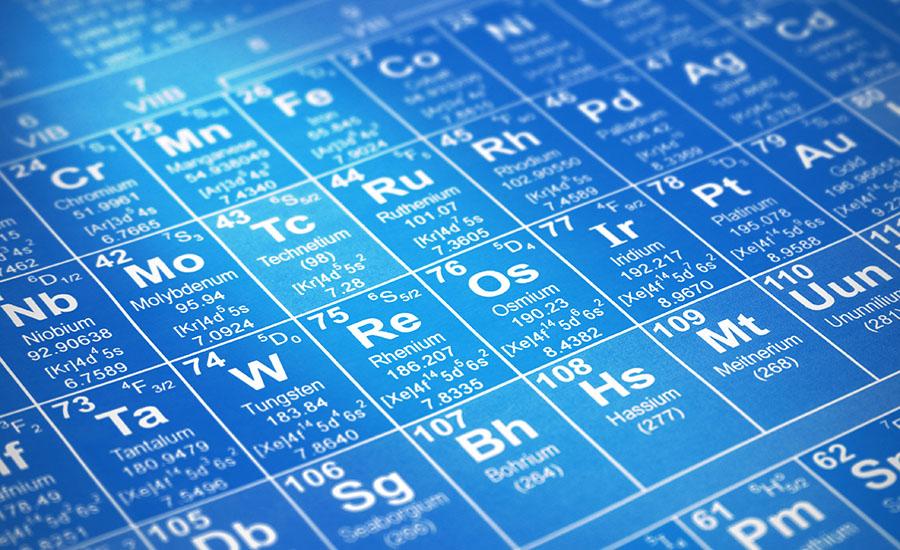
This is a lesson designed to teach students that everything they read on the Internet is not always true.

For this lesson students will be exploring/applying the concept of equations of circles. The teacher will place a giant graph in the room and students will make a circular art design to put on the

This lesson aims to introduce the concept of equilibrium point by creating and revising a model. This hands-on lesson encourages students to explore the concepts of equilibrium and balance while

Students will be able to understand proportional relationships with rescaling a drawing. Students will be able to draw a reduced scale drawing and enlarged scale drawing in the end. Students will also

This lesson is used to introduce our unit on Energy in a 9th grade physics course; however, it can be adapted to various grade levels and contents. It can be completed over 1–3 days, depending on your

In this lesson, first-grade students will explore the concept of resource sharing in nature using dioramas. The lesson is designed to help students understand that living things, such as plants and

In this lesson, you'll witness the sparkle in your student's eyes as they become Candytopia explorers and chemists, making observations, grouping candies, and creating their own Candy Periodic Table

Ballooning Spider Phenomenon
Lesson Description: In this first-grade lesson, we will learn about the amazing world of spiders! We'll start by exploring the life cycle of a spider, from when it hatches to how it grows and changes

This lesson plan is designed for 8th graders to introduce the periodic table as well as learning how molecules are formed and what they look like. Students will engage in a Science, Technology, and

Use slow reveal graphs to get students thinking about data in graphs. Students also create graphs using online data or data they have generated. Interpret, analyze, predict using graphs.

In this lesson, students will first learn the importance of using reliable tools when gathering data in an experiment. When given common acidic and basic substances, students will then begin to

The students will create an interactive diorama using the Hummingbird Robotics kit on Natural Disasters. The students will choose their Natural Disaster that they want to bring to life, complete a

Students will be researching engineering design features that can be utilized to create buildings that can more effectively withstand the effects of a major earthquake. Students will work within a

This lesson is an introduction to Animation. The Flipbook lessons will eventually lead into students creating a Stop Motion animation. This lesson can be used for grades 3rd - 8th grade. The students

Students will create their roller coaster model, test the transfer of energy, measure the distance of how far their marble traveled and compare their distance to the distance of others. *Printable

In this lessons, students will work collaboratively to plan and prep the design of a roller coaster model. After planning a design, students will begin to prep the number of straight segments, curves

Students will use the Engineering Design Process to plan and create the longest chain. Then they will use tools to measure their chains.
Have you ever seen a weather forecast on TV? If so, you might have noticed the letters "H" and "L" moving around on the weather map. They are often referred to as zones of "high pressure" (H) and "low

Our planet recycles and reuses everything on it that is needed to support life. It is an amazing, giant recycling system called the biogeochemical cycle. You can actually model this on a small scale

Welcome to Robot Relays, Part 2! In this engaging lesson, students program and maneuver Edison Robots through student-made relay courses. This is the 2nd lesson is a series of 2.

In this 3-day lesson, middle school students explore circuits, conductivity, and energy transfer, using a Makey Makey kit to design and create a wearable 'Power Glove'!

This is a hands-on lesson for both science and math exploration. Students use tape to explore the forces between charges and come up with a mathematical expression for how that works! They create a

This lesson is focused on solidifying the definition of percent while students collaborate, implement a variety of tools to solve problems involving percentages. Mathematical practices are embedded

In this lesson, students will use their knowledge of Newton's Laws of Motion while building a functional pinball machine out of recycled materials and classroom items. Let students get creative and
